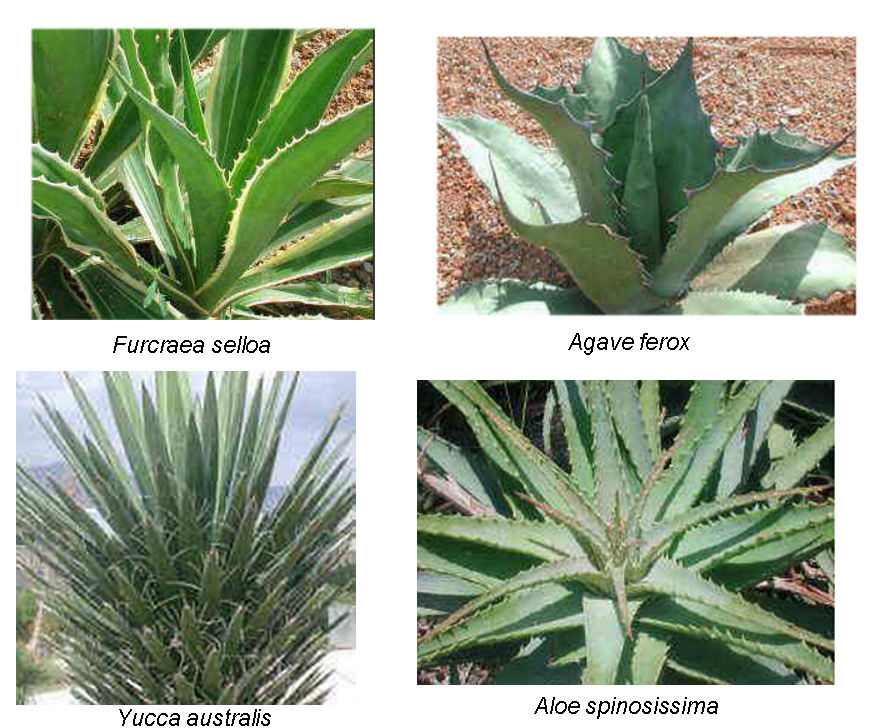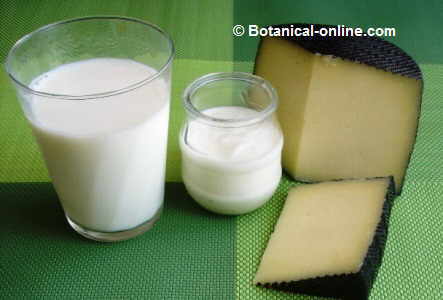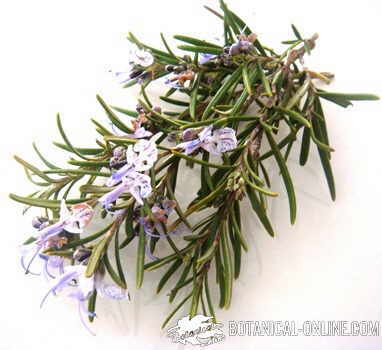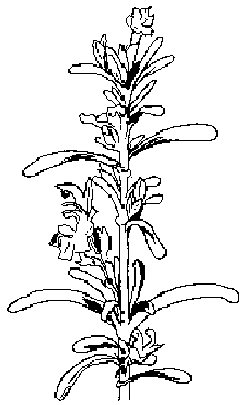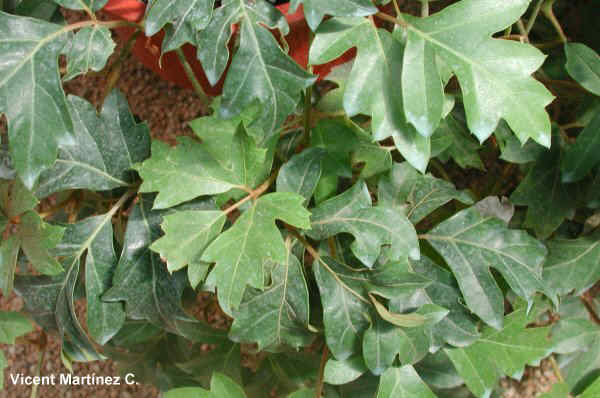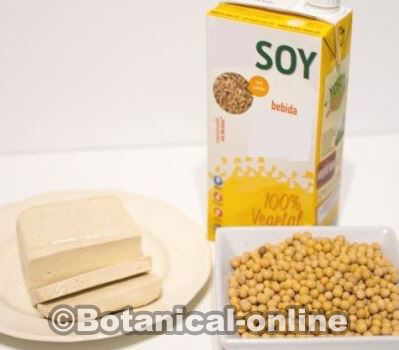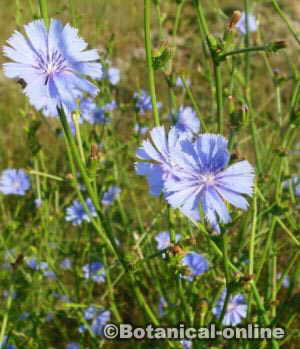Beech Composition
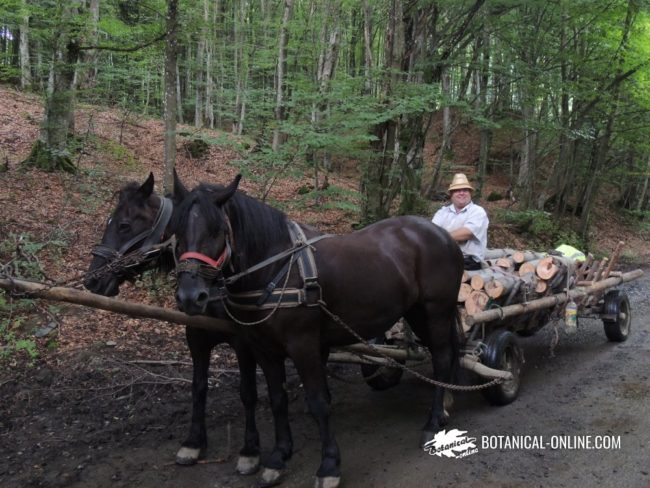
- Flavonoids: Quercetin (leaves)
- Acids: acetic, stearic, gallic, linoleic, oleic, oxalic and palmitic (seeds) uronic (leaves)
- Xylan (leaves)
- Xylose (leaves)
- Lignin (wood)
- Suberin (bark)
- Phytosterin (bark)
- Betuloside (Rhododendrin) (bark)
- Idalin (leaves)
- Pentosanes, methylpentosanes (leaves)
- Tannins (bark)
- Minerals: Calcium, phosphorus, potassium, magnesium, sulfur,
Traditional medicinal and magical uses of beech
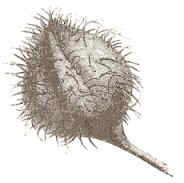
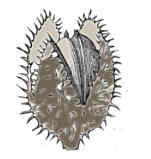
Traditionally beech has had a very important role in the history of mankind.
Not only has it been used for human and animal feeding, but it has also been of great importance as a natural remedy, in religion and in magic.
Symbolism of beech
In the classical era, beech sometimes represents the goddess Diana, goddess of hunting and protector of nature.
Its image represents fertility. Romans felt a special devotion to this tree, which they admired. They offered it wine and sat under it so as this tree could give them good crops and abundant offspring.
During the Middle Ages beech was used by sorcerers. Beech ashes became part of numerous potions used in rites and spells.
A twig of beech, placed under the pillow of a maiden, could show in dreams what her future husband would be.
Widows could also talk while they slept with their dead husbands.
Some uses of beech in the past
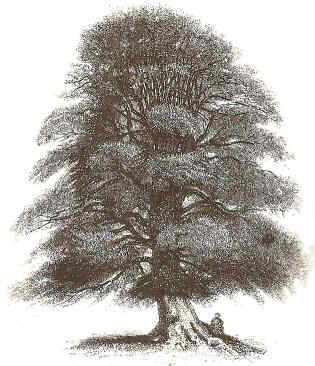
Medicinally, beech has been a remedy quite used in the past. The bark of this tree has been widely used to fight fever, beech coal was used to clean and disinfect teeth, to treat intestinal infections and to fight gases.
The following describes ancient texts in which beech is cited:
«The leaves of the beech tree are cooling and binding, and therefore good to be applied to hot swellings to discuss them; Nuts do much nourish such beasts as feed thereon. The water that is found in the hollow places of decaying Beeches will cure both man and beast of any scarf, or running tetters, if they be washed therewith; you may boil the leaves into a poultice, or make an ointment of them when time of year serves «
Nicholas Culpeper (1616 – 1654), London physicist and apothecary. «Complete Herbal»
»Chewed beech leaves take advantage of gum and lip ailments; tracked and applied, corroborate the hindered limbs, the ash of the burnt beech trees is used useful to prepare liniments that make evacuate the stones formed in the kidneys «
Pio Font Quer (1888-1964), Spanish botanist, pharmacist and chemist, exposes in “El Dioscorides renovado” comments on this plant of the Italian doctor and naturalist Mattioli (1501-1577)
Medicinal properties of beech
Medicinal preparations with bark and beech leaves
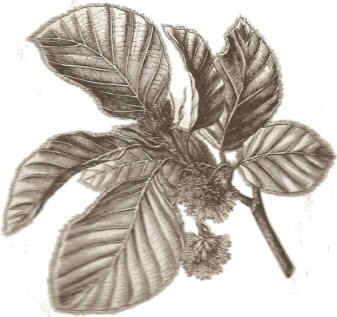
INTERNAL USE
- Astringent: Due to its richness in tannins, the beech bark may be suitable for the treatment of diarrhea. (Decoction of a tablespoon of dried bark per liter of water for 5 minutes. Drink a couple of cups a day)
- Expectorant, anti-inflammatory, antiseptic: The ability of the beech bark to dissolve and expel phlegm from the lungs as well as its antiseptic properties have been used in the treatment of numerous respiratory diseases, such as:
- Bronchitis: Use the anterior decoction as an expectorant and anti-inflammatory. This preparation also helps to calm cough and reduce fever (Drink two cups a day)
- Flu: The use of decoction of the cortex helps improve flu symptoms. (Drink two cups a day)
- Cold: The previous treatment can be used to improve cold symptoms.
- Diuretic: Beech leaves have diuretic properties. Dry leaf infusions have been used to increase urine production primarily intended to eliminate sandstones or kidney stones.
Medicinal preparations of beech in external use
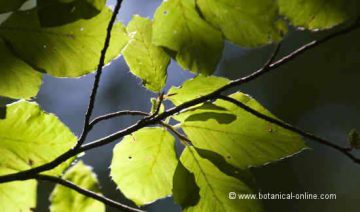
The richness of tannins of this plant, as well as its antiseptic and anti-inflammatory properties make it very suitable in the external treatment of skin or mucosal conditions. Among the main applications we could mention the following:
- Wounds: The liquid resulting from the decoction of the bark is suitable to heal the non-deep wounds and prevent them from becoming infected (Decoction of a spoonful of dried bark per liter of water for 5 minutes. Wet the wounds with the resulting liquid)
- Sore throat: Gargling with the anterior fluid helps reduce inflammation of the tonsils and reduce itching.
- Pharyngitis: Likewise, the previous treatment will help us to treat pharyngitis.
- Mouth ulcers: In case of mouth ulcers, rinses made by decoction of the beech bark are very useful to promote healing. These rinses can be used as a mouthwash for the treatment of tooth pain.
Toxicity and contraindications of beech
- Proper use of this plant does not appear to present toxicity problems. In any case, it is recommended not to increase the prescribed doses because of its high tannin content.
- The tannins are irritating to the intestinal mucosa and can cause vomiting and even ulcerations. It is recommended, therefore, to use preparations for internal use only under the supervision of the physician and never exceed the dose that the specialist dictates in each case.
- Internal preparations should never be taken in case of gastroduodenal ulcer. Treatments of preparations for internal use should not be prolonged for more than 4 days.
- In external use its application should not be done on very large wounds or prolong them beyond 15 or 20 days.
![]() More information on beech
More information on beech

